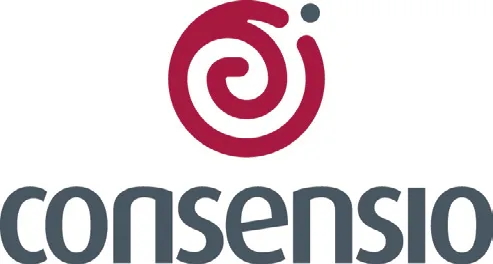Workplace conflict can cause significant anxiety, writes Alexandra Efthymiades, yet conflict conversations can be managed in ways that minimise stress for those who are involved.
Conflict is part of all relationships. Yet when left unaddressed, conflict raises our stress and anxiety levels, and decreases our engagement, productivity, and overall wellbeing.
The knowledge and skills required for conflict conversations can be practiced and learned. They will help with conflict resolution, and also support us in having better relationships at work. Here are three ways to optimise a collaborative and restorative outcome.
Greater self-awareness allows us to appreciate that we are part of the conflict dynamic – that we contribute and carry some responsibility for the tension in our relationships. It is easy to blame others, but blame doesn’t resolve conflict; it fuels it.
An example of a question that you can ask yourself and others to raise self-awareness is: What is it about this particular situation / relationship that is triggering me, and why?
Empathy – the ability to imagine the feelings, thoughts, and perceptions of others – enables us to view conflict from multiple perspectives. Empathy allows us to try to understand what others might be going through, and which of their – and our – underlying needs are not being met.
To approach a conflict with more empathy, we can ask: What assumptions am I making about the other person, and how do I know these assumptions are true? What assumptions are being made about me?
When we use blame and anger to start a conversation, this is heard as an attack. The reaction is likely to be defensiveness, retaliation, or avoidance. By starting the conversation by stating that the purpose is to be constructive and collaborative, the other person is much more likely to engage with us calmly and productively.
An example of how we can do this is by saying: “I value our working relationship. I feel upset about what was said in the team meeting yesterday. Can we have a chat so that we can both understand what happened?”
By applying self-awareness and empathy, and stating our positive intentions, we reduce the instances of harmful workplace conflict, and replace them with conflict conversations that lead to increased understanding and better relationships at work.

Lorem ipsum dolor sit amet, consectetur adipiscing elit, sed do eiusmod tempor incididunt ut labore et dolore magna aliqua. Ut enim ad minim veniam, quis nostrud exercitation ullamco laboris nisi ut aliquip ex ea commodo consequat. Duis aute irure dolor in reprehenderit in voluptate velit esse cillum dolore eu fugiat nulla pariatur.
Block quote
Ordered list
Unordered list
Bold text
Emphasis
Superscript
Subscript